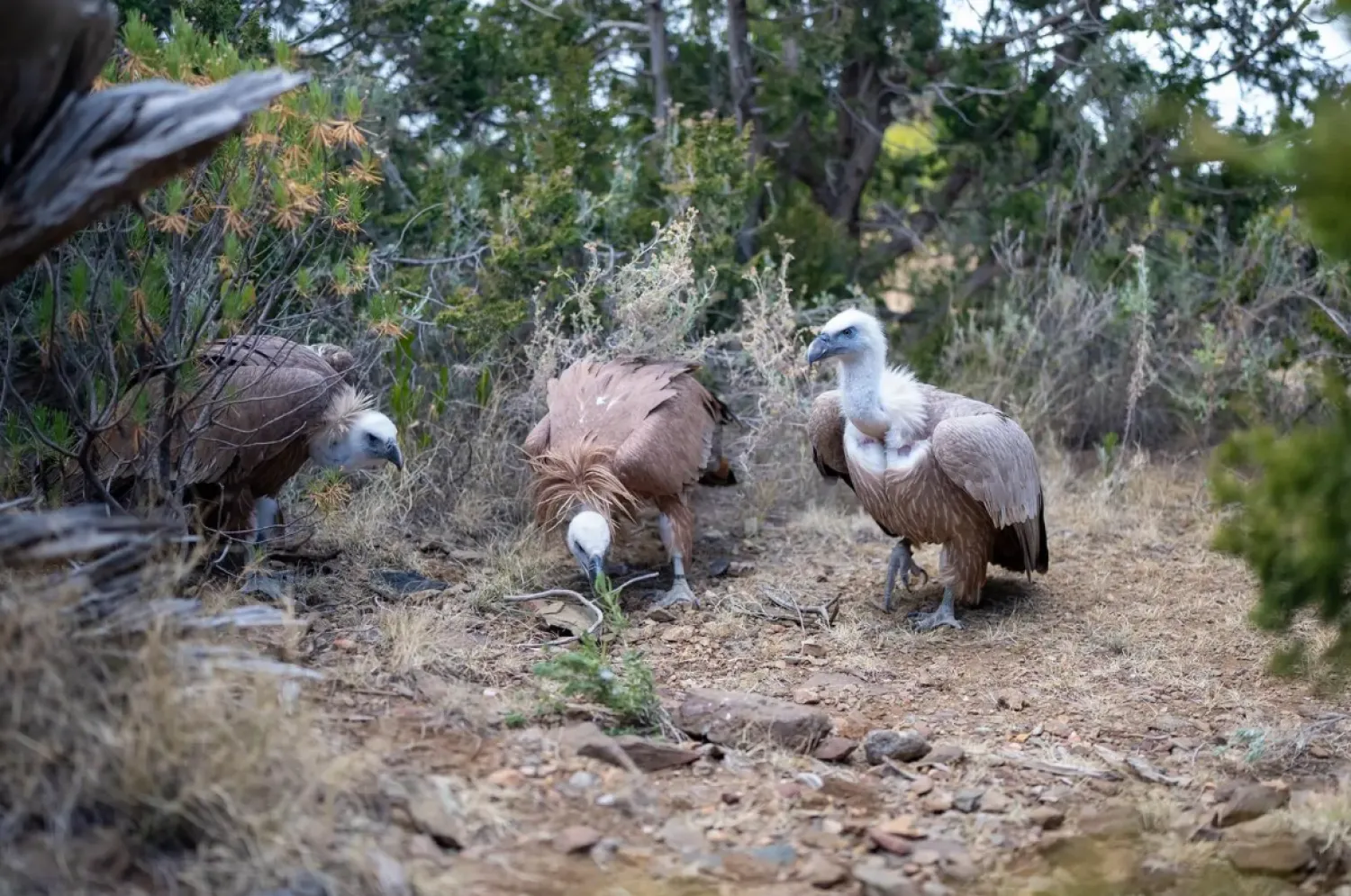China's glacier area has shrunk by 26% since 1960 due to rapid global warming, with 7,000 small glaciers disappearing completely and glacial retreat intensifying in recent years, official data released in March showed.
Glaciers around the globe are disappearing faster than ever, with the largest glacial mass loss on record taking place in the last three years, according to a UNESCO report.
As the important water towers continue to shrink, less availability of freshwater is expected to contribute to greater competition for water resources, environmental groups have warned. Glacier retreat also poses new disaster risks.
China's glaciers are located mainly in the west and north of the country, in the regions of Tibet and Xinjiang, and the provinces of Sichuan, Yunnan, Gansu and Qinghai.
Data published on March 21 on the website of the Northwest Institute of Eco-Environment and Resources of the Chinese Academy of Sciences, showed that China's total glacier area was around 46,000 square kilometers, with around 69,000 glaciers in 2020.
This compares to around 59,000 square kilometers and around 46,000 glaciers in China between 1960 and 1980, the study showed.
To save its melting glaciers, China has used technology including snow blankets and artificial snow systems, to delay the melting process.
The Tibetan plateau is known as the world's Third Pole for the amount of ice long locked in the high-altitude wilderness.
The dramatic ice loss, from the Arctic to the Alps, from South America to the Tibetan Plateau, is expected to accelerate as climate change, caused by the burning of fossil fuels, pushes global temperatures higher.
This would likely exacerbate economic, environmental and social problems across the world as sea levels rise and these key water sources dwindle, the UNESCO report said.









